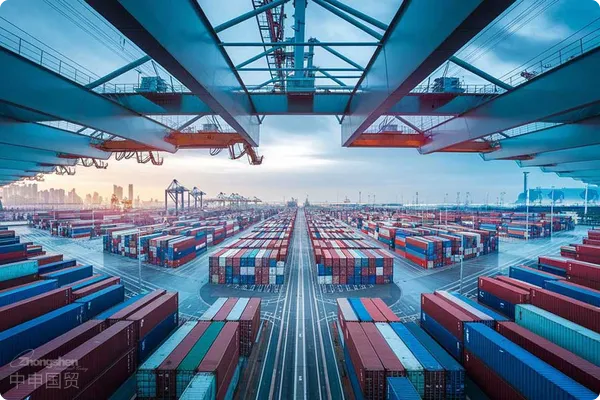- Shanghai Zhongshen International Trade Co., Ltd. - Two decades of trade agency expertise.
- Service Hotline: 139 1787 2118

New landscape of the global pool equipment market
The global pool equipment market size is projected to exceed $45 billion by 2025, with smart control systems and energy-efficient pumps becoming mainstream demands. Chinas import market showsHigh-end brand concentrationtrend, with the top ten international brands occupying 65% market share. While North American brands continue to lead, Italian design-oriented equipment manufacturers are rapidly expanding in the Asia-Pacific market through agency channels.
Core value analysis of brand agency
- Technical endorsement advantages
- Factory-certified engineers providing on-site support
- Exclusive authorization documents for patented technologies
- Market pricing power control
- Regional exclusive agents enjoy 15-25% price protection
- Anti-dumping early warning mechanism support
- Supply chain guarantee system
- Priority production rights ensuring peak season supply
- Sharing the brands global logistics network
Four-dimensional evaluation model for brand screening
It is recommended to adoptP-MRC evaluation system:
- Product Competitiveness
- Completeness of CE/NSF certifications
- Validity period of core component patents
- Market Influence
- Market share in target regions
- Proportion of brand digital marketing investment
- Regulatory Compliance
- RoHS environmental certification update cycle
- Product liability insurance coverage
- Cooperation Terms
- Flexible minimum order quantity mechanism
- Market promotion cost sharing ratio
Three key risk prevention points in agency agreements
Special attention should be paid when reviewing agency agreements:
- Intellectual property clause
- Trademark usage territorial restriction clauses
- Parallel import accountability mechanism
- Performance evaluation mechanism
- Dynamic sales target adjustment formula
- Inventory turnover rate reward and penalty rules
- Exit compensation clauses
- Customer database ownership agreement
- Pricing method for remaining inventory repurchase
Key points of customs declaration practices
For swimming pool equipment categories, attention should be paid to:
- Accurate HS Code Classification
- Filtration equipment classified under 8421.21
- Heating devices applicable to 8419.89
- Includes risk assessment reports, performance test data, clinical evaluation reports, etc.
- EU PED Pressure Equipment Directive compliance declaration
- Copy of US Department of Energy (DOE) certification
- Apply for preferential treatment under the CIS Free Trade Agreement (tariff reduced from 12% to 6.5%)
- Application of origin accumulation rules under RCEP agreement
- Sub-item declaration techniques for complete sets of equipment
Solutions to common problems
Q: How to deal with sudden adjustments to regional agency policies by brand owners?
It is recommended to specify policy adjustment trigger conditions in the agreement, require 180-day advance written notice, and establish a market transition period compensation mechanism.
Q: How to deal with the impact of parallel imported products?
Establish a product serial number tracking system, conduct joint market inspections with brand owners, and implement intellectual property protection through customs registration when necessary.
Q: How to deal with inventory stagnation caused by technical standard updates?
Include standard iteration warning clauses in procurement agreements and specify special handling solutions for inventory during technical upgrade transition periods.
Related Recommendations
Contact Form
? 2025. All Rights Reserved. Shanghai ICP No. 2023007705-2  PSB Record: Shanghai No.31011502009912
PSB Record: Shanghai No.31011502009912










